UGC NET Computer Science syllabus 2023 comprises various topics such as Computer System Architecture, Programming Languages and Computer Graphics, Database Management Systems and more.
Table of Contents
The UGC NET Exam consists of 81 different types of subjects. It is not easy to track which syllabi are the most important for students who want to either become an Assistant Professor or a Junior Researcher under the Junior Research Fellowship (JRF). The UGC NET 2023 Computer Science syllabus 2023 contains topics such as Software Engineering, Data Structures and Algorithms, Theory of Computation and Compilers, Data Communication and Computer Networks and Artificial Intelligence.
Subject-wise UGC NET Computer Science Syllabus 2023
Since the UGC NET Computer Science syllabus is huge, the syllabus has been divided according to the names of the units themselves. It will be easier to digest what sort of topics under them are involved.
UGC NET Discrete Structures and Optimisation Syllabus
Following are the chapters and topics discussed for Discrete Structures and Optimization. It mostly consists of chapters such as Mathematical Logic, Counting, Mathematical Induction, and Discrete Probability, and so on. We’ve also further dissected the topics involved in each of these chapters so that you understand which ones you can prioritise.
| Chapter | Topics |
| Mathematical Logic | Nested Quantifiers, Normal Forms, Predicates and Quantifiers, Propositional and Predicate Logic, Propositional Equivalences, Rules of Inference |
| Sets and Relations | Equivalence Relations, Partially Ordering, Representation & Properties of Relations, Set Operations |
| Counting, Mathematical Induction & Discrete Probability | Basics of Counting, Bayes’ Theorem, Inclusion-Exclusion Principle, Mathematical Induction, Permutations and Combinations, Pigeonhole Principle |
| Group Theory | Applications of Group Theory, Automorphism, Fields, Groups, Homomorphism, Integral Domains, Isomorphism, Product and Quotients of Algebraic Structures, Rings, Semi Groups, Subgroups |
| Graph Theory | Bipartite Graphs, Eulerian Paths and Circuits, Graph Coloring, Hamiltonian Paths and Circuits, Multigraph, Paths and Circuits, Planner Graph, Prefix Codes, Shortest Paths in Weighted Graphs, Simple Graph, Spanning Trees and Cut-Sets, Tree Traversals, Trees and Rooted Trees, Weighted Graph |
| Boolean Algebra | Boolean Functions and its Representations, Simplifications of Boolean Functions |
| Optimisation: Linear Programming | Cost Consideration in Project Scheduling, Critical Path Calculations, Graphical Solution, Integer Programming, Mathematical Model, PERT-CPM: Diagram Representation, Resource Levelling, Sensitive Analysis, Simplex and Dual Simplex Method, Transportation and Assignment Models |
UGC NET Computer System Architecture Syllabus
Following are the chapters and topics discussed for Computer System Architecture, which consists of chapters ranging from Data Representation, Central Processing Units, and Microprogramming to Multiprocessors and Input-Output Organisation. Although the related topics tend to be dense in nature, they are largely considered some of the most important topics to explore.
| Chapter | Topics |
| Digital Logic Circuits and Components | Boolean Algebra, Combinational Circuits, Decoders, Digital Computers, Flip-Flops, Integrated Circuits, Logic Gates, Map Simplifications, Memory Unit, Multiplexers, Registers and Counters, Sequential Circuits |
| Data Representation | Complements, Computer Arithmetic - Add., Sub., Mult. and Div. Algorithms, Data Types, Error Detection Codes, Fixed Point Representation, Floating Point Representation, Number Systems and Conversion |
| Register Transfer and Microoperations | Arithmetic, Bus and Memory Transfers, Logic and Shift Micro Operations, Register Transfer Language |
| Basic Computer Organisation and Design | Computer Instructions, Computer Registers, Input-Output, Interrupt, Memory-Reference Instructions, Stored Program Organisation and Instruction Codes, Timing and Control |
| Programming the Basic Computer | Assembler, Assembly Language, Input-Output, Machine Language, Programming, Program Loops, Subroutines |
| Microprogrammed Control | Address Sequencing, Control Memory, Design of Control Unit, |
| Central Processing Unit | Addressing Modes, CISC Computer, General Register Organisation, Instruction Formats, RISC Computer, Stack Organisation |
| Pipeline and Vector Processing | Arithmetic Pipeline, Instruction Pipeline, Parallel Processing, Pipelining, Vector Processing Array Processors |
| Input-Output Organisation | Asynchronous Data Transfer, DMA, Input-Output Interface, Modes of Transfer, Peripheral Devices, Priority Interrupt, Serial Communication |
| Memory Hierarchy | Associative Memory, Auxiliary Memory, Cache Memory, Main Memory, Memory Management Hardware, Virtual Memory |
| Multiprocessors | Characteristics of Multiprocessors, Interconnection Structures, Interprocessor Arbitration, Interprocessor Communication and Synchronization, Cache Coherence, Multicore Processors |
UGC NET Programming Languages and Computer Graphics Syllabus
Following are the chapters and topics discussed for Computer System Architecture, which consists of chapters ranging from Data Representation, Central Processing Units, and Microprogramming to Multiprocessors and Input-Output Organisation. Although the related topics tend to be dense in nature, they are largely considered some of the most important topics to explore.
| Chapter | Topics |
| Language Design and Translation Issues | Programming Language Concepts, Paradigms and Models, Programming Environments, Virtual Computers and Binding Times, Programming Language Syntax, Stages in Translation, Formal Transition Models |
| Elementary Data Types | Properties of Types and Objects, Scalar and Composite Data Types |
| Programming in C | Tokens, Identifiers, Data Types, Sequence Control, Subprogram Control, Arrays, Structures, Union, String, Pointers, Functions, File Handling, Command Line Arguments, Preprocessors |
| Object-Oriented Programming | Class, Object, Instantiation, Inheritance, Encapsulation, Abstract Class, Polymorphism |
| Programming in C++ | Tokens, Identifiers, Variables and Constants, Data Types, Operators, Control statements, Functions Parameter Passing, Virtual Functions, Class and Objects, Constructors and Destructors, Overloading, Inheritance, Templates, Exception and Event Handling, Streams and Files, Multi File Programs |
| Web Programming | HTML, DHTML, XML, Scripting, Java, Servlets, Applets |
| Computer Graphics | Video-Display Devices, Raster-Scan and Random-Scan Systems, Graphics Monitors, Input Devices, Points and Lines, Line Drawing Algorithms, Mid-Point Circle and Ellipse Algorithms, Scan-Line Polygon Fill Algorithm, Boundary-Fill and FloodFill |
| 2D Geometrical Transforms and Viewing | Translation, Scaling, Rotation, Reflection and Shear Transformations, Matrix Representations and Homogeneous Coordinates, Composite Transforms, Transformations Between Coordinate Systems, Viewing Pipeline, Viewing Coordinate Reference Frame, Window to View-Port Coordinate Transformation, Viewing Functions, Line and Polygon Clipping Algorithms |
| 3D Object Representations, Geometric Transformations, and Viewing | Polygon Surfaces, Quadric Surfaces, Spline Representation, Bezier and B-Spline Curves, Bezier and B-Spline Surfaces, Illumination Models, Polygon Rendering Methods, Viewing Pipeline and Coordinates, General Projection Transforms and Chipping |
UGC NET Database Management Systems Syllabus
This part talks in-depth about SQL, Database Systems, and Data Modelling for the most part. The variety of topics involved in it can be quite dense and heavy in terms of the content, and maybe even complexity, but given how database management systems are the backbone of any given industry that runs on technology, it’s important to ensure that you have a really good understanding of the topics provided.
| Chapter | Topics |
| Database System Concepts and Architecture | Data Models, Schemas, and Instances, Three-Schema Architecture and Data Independence, Database Languages and Interfaces, Centralized and Client/Server Architectures for DBMS |
| Data Modelling | Entity-Relationship Diagram, Relational Model - Constraints, Languages, Design, and Programming, Relational Database Schemas, Update Operations and Dealing with Constraint Violations, Relational Algebra and Relational Calculus, Codd Rules |
| SQL | Data Definition and Data Types, Constraints, Queries, Insert, Delete, and Update Statements, Views, Stored Procedures and Functions, Database Triggers, SQL Injection |
| Normalisation for Relational Databases | Functional Dependencies and Normalization, Algorithms for Query Processing and Optimization, Transaction Processing, Concurrency Control Techniques, Database Recovery Techniques, Object and Object-Relational Databases, Database Security and Authorization |
| Enhanced Data Models | Temporal Database Concepts, Multimedia Databases, Deductive Databases, XML and Internet Databases, Mobile Databases, Geographic Information Systems, Genome Data Management, Distributed Databases and Client-Server Architectures |
| Data Warehousing and Data Mining | Data Modeling for Data Warehouses, Concept Hierarchy, OLAP and OLTP, Association Rules, Classification, Clustering, Regression, Support Vector Machine, K-Nearest Neighbour, Hidden Markov Model, Summarization Dependency Modeling, Link Analysis, Sequencing Analysis, Social Network Analysis |
| Big Data Systems | Big Data Characteristics, Types of Big Data, Big Data Architecture, Introduction to Map-Reduce and Hadoop, Distributed File System, HDFS |
| NoSQL | NoSQL and Query Optimization, Different NOSQL Products, Querying and Managing NOSQL, Indexing and Ordering Data Sets, NoSQL in Cloud |
UGC NET System Software and Operating Systems Syllabus
In this table, you may find chapters mostly related to the Operating System of a computer, and how it works from the inside out. Most of the topics covered under them are Assembly Languages, Machine Learning, Systems Design, Deadlock Prevention, Memory Management and so on. Since the essence of a computer lies in its operating systems, it’s important for you to know how they work from the ground up.
| Chapter | Topics |
| System Software | Machine, Assembly and High-Level Languages, Compilers and Interpreters, Loading, Linking and Relocation, Macros, Debuggers |
| Basics of Operating Systems | Operating System Structure, Operations and Services, System Calls, Operating-System Design and Implementation, System Boot |
| Process Management | Process Scheduling and Operations, Interprocess Communication, Communication in Client–Server Systems, Process Synchronization, Critical-Section Problem, Peterson’s Solution, Semaphores, Synchronization |
| Threads | Multicore Programming, Multithreading Models, Thread Libraries, Implicit Threading, Threading Issues |
| CPU Scheduling | Scheduling Criteria and Algorithms, Thread Scheduling, Multiple Processor Scheduling, Real-Time CPU Scheduling |
| Deadlocks | Deadlock Characterization, Methods for Handling Deadlocks, Deadlock Prevention, Avoidance and Detection, Recovery from Deadlock |
| Memory Management | Contiguous Memory Allocation, Swapping, Paging, Segmentation, Demand Paging, Page Replacement, Allocation of Frames, Thrashing, Memory-Mapped Files |
| Storage Management | Mass-Storage Structure, Disk Structure, Scheduling and Management, RAID Structure |
| File and Input/Output Systems | Access Methods, Directory and Disk Structure, FileSystem Mounting, File Sharing, File-System Structure and Implementation, Directory Implementation, Allocation Methods, Free-Space Management, Efficiency and Performance, Recovery, I/O Hardware, Application I/O Interface, Kernel I/O Subsystem, Transforming I/O Requests to Hardware Operations |
| Security | Protection, Access Matrix, Access Control, Revocation of Access Rights, Program Threats, System and Network Threats, Cryptography as a Security Tool, User Authentication, Implementing Security Defenses |
| Virtual Machines | Types of Virtual Machines and Implementations, Virtualization |
| Linux Operating Systems | Design Principles, Kernel Modules, Process Management, Scheduling, Memory Management, File Systems, Input and Output, Interprocess Communication, Network Structure |
| Windows Operating System | Design Principles, System Components, Terminal Services and Fast User Switching, File System, Networking |
| Distributed Systems | Types of Network-based Operating Systems, Network Structure, Communication Structure and Protocols, Robustness, Design Issues, Distributed File Systems |
UGC NET Software Engineering Syllabus
This is possibly the most important subject matter in almost any Computer Science course; the ‘meat’ of the course, so to speak. A large number of chapters dig into Software Design, Requirements, Testing, and Management. The topics under them are rather theoretical in nature, so you’d expect a good amount of content present for each and every chapter.
| Chapter | Topics |
| Software Process Models | Software Process, Generic Process Model – Framework Activity, Task Set and Process Patterns, Process Lifecycle, Prescriptive Process Models, Project Management, Component-Based Development, Aspect-Oriented Software Development, Formal Methods, Agile Process Models – Extreme Programming (XP), Adaptive Software Development, Scrum, Dynamic System Development Model, Feature Driven Development, Crystal, Web Engineering |
| Software Requirements | Functional and Non-Functional Requirements, Eliciting Requirements, Developing Use Cases, Requirement Analysis and Modelling, Requirements Review, Software Requirement and Specification (SRS) Document |
| Software Design | Abstraction, Architecture, Patterns, Separation of Concerns, Modularity, Information Hiding, Functional Independence, Cohesion and Coupling, Object-Oriented Design, Data Design, Architectural Design, User Interface Design, Component Level Design |
| Software Quality | McCall’s Quality Factors, ISO 9126 Quality Factors, Quality Control, Quality Assurance, Risk Management, Risk Mitigation, Monitoring and Management (RMMM), Software Reliability |
| Estimation and Scheduling of Software Projects | Software Sizing, LOC and FP based Estimations Estimating Cost and Effort, Estimation Models, Constructive Cost Model (COCOMO), Project Scheduling and Staffing, Time-line Charts |
| Software Testing | Verification and Validation, Error, Fault, Bug and Failure, Unit and Integration Testing, White-box and Black-box Testing, Basis Path Testing, Control Structure Testing, Deriving Test Cases, Alpha and Beta Testing, Regression Testing, Performance Testing, Stress Testing |
| Software Configuration Management | Change Control and Version Control, Software Reuse, Software Re-engineering, Reverse Engineering |
UGC NET Data Structures and Algorithms Syllabus
Data structures and algorithms are the backbones of the best practices in software engineering. Without them, you won’t know for sure what the best approach is for a particular problem. This is why the subject matter involves a few important chapters such as Design Techniques, Data Structures, Complexity Theory, and so on. The topics under them are just as important. Compared to other subject matters, this one isn’t that heavy with content, however, it might test your problem-solving skills a lot.
| Chapter | Topics |
| Data Structures | Arrays and their Applications, Sparse Matrix, Stacks, Queues, Priority Queues, Linked Lists, Trees, Forest, Binary Tree, Threaded Binary Tree, Binary Search Tree, AVL Tree, B Tree, B+ Tree, B* Tree, Data Structure for Sets, Graphs, Sorting and Searching Algorithms, Hashing |
| Performance Analysis of Algorithms and Recurrences | Time and Space Complexities, Asymptotic Notation, Recurrence Relations |
| Design Techniques | Divide and Conquer, Dynamic Programming, Greedy Algorithms, Backtracking, Branch and Bound |
| Lower Bound Theory | Comparison Trees, Lower Bounds through Reductions |
| Graph Algorithms | Breadth-First Search, Depth-First Search, Shortest Paths, Maximum Flow, Minimum Spanning Trees |
| Complexity Theory | P and NP Class Problems, NP-completeness and Reducibility |
| Selected Topics | Number Theoretic Algorithms, Polynomial Arithmetic, Fast Fourier Transform, String Matching Algorithms |
| Advanced Algorithms | Parallel Algorithms for Sorting, Searching and Merging, Approximation Algorithms, Randomized Algorithms |
UGC NET Theory of Computation and Compilers Syllabus
This is by far the most theory-heavy subject matter so far, and it’s in the name itself! The majority of the subject matter involves studying how compilers work, with chapters such as Theory of Computation, Turing Machines, Syntax and Semantics Analysis, and many more playing towards that goal.
| Chapter | Topics |
| Theory of Computation | Formal Language, Non-Computational Problems, Diagonal Argument, Russell's Paradox |
| Regular Language Models | Deterministic Finite Automaton (DFA), Non-Deterministic Finite Automaton (NDFA), Equivalence of DFA and NDFA, Regular Languages, Regular Grammars, Regular Expressions, Properties of Regular Language, Pumping Lemma, NonRegular Languages, Lexical Analysis |
| Context-Free Language | Pushdown Automaton (PDA), Non-Deterministic Pushdown, Automaton (NPDA), Context-Free Grammar, Chomsky Normal Form, Greibach Normal Form, Ambiguity, Parse Tree Representation of Derivation Trees, Equivalence of PDA and Context-Free Grammars, Properties of Context-Free Language |
| Turing Machines | Standard Turing Machine and its Variations, Universal Turing Machines, Models of Computation and Church-Turing Thesis, Recursive and Recursively Enumerable Languages, Context-Sensitive Languages, Unrestricted Grammars, Chomsky Hierarchy of Languages, Construction of TM for Simple Problems |
| Unsolvable Problems and Computational Complexity | Unsolvable Problem, Halting Problem, Post Correspondence Problem, Unsolvable Problems for Context-Free Languages, Measuring and Classifying Complexity, Tractable and Intractable Problems |
| Syntax Analysis | Associativity, Precedence, Grammar Transformations, Top-Down Parsing, Recursive Descent Predictive Parsing, LL(1) Parsing, Bottom-up Parsing, LR Parser, LALR(1) Parser |
| Semantic Analysis | Attribute Grammar, Syntax Directed Definitions, Inherited and Synthesized Attributes, Dependency Graph, Evaluation Order, S-attributed and L-attributed Definitions, Type-Checking |
| Run-Time System | Storage Organization, Activation Tree, Activation Record, Stack Allocation of Activation Records, Parameter Passing Mechanisms, Symbol Table |
| Intermediate Code Generation | Intermediate Representations, Translation of Declarations, Assignments, Control Flow, Boolean Expressions and Procedure Calls |
| Code Generation and Code Optimisation | Control-flow, Data-flow Analysis, Local Optimization, Global Optimization, Loop Optimization, Peep-Hole Optimization, Instruction Scheduling |
UGC NET Data Communication and Computer Networks Syllabus
Since computers are used for a variety of purposes, including social ones, it’s quite important for a software engineer aspirant to know what it takes for one system to communicate with another. Hence, Data Communication, World Wide Web, and Network Models tend to be the chapters that shine here. The topics included aren’t as complex as they appear, however, the chapter talks about networking in general, which is crucial if you want to earn a spot in companies that specialise in software networking.
| Chapter | Topics |
| Data Communication | Components of a Data Communication System, Simplex, half-duplex and Duplex Modes of Communication, Analog and Digital Signals, Noiseless and Noisy Channels, Bandwidth, Throughput and Latency, Digital and Analog Transmission, Data Encoding and Modulation Techniques, Broadband and Baseband Transmission, Multiplexing, Transmission Media, Transmission Errors, Error Handling Mechanisms |
| Computer Networks | Network Topologies, Local Area Networks, Metropolitan Area Networks, Wide Area Network, Wireless Networks, Internet |
| Network Models | Layered Architecture, OSI Reference Model and its Protocols, TCP/IP Protocol Suite, Physical, Logical, Port and Specific Addresses, Switching Techniques |
| Functions of OSI and TCP/IP Layers | Framing, Error Detection and Correction, Flow and Error Control, Sliding Window Protocol, HDLC, Multiple Access – CSMA/CD, CSMA/CA, Reservation, Polling, Token Passing, FDMA, CDMA, TDMA, Network Devices, Backbone Networks, Virtual LANs. IPv4 Structure and Address Space, Classful and Classless Addressing, Datagram, Fragmentation and Checksum, IPv6 Packet Format, Mapping Logical to Physical Address (ARP), Direct and Indirect Network Layer Delivery, Routing Algorithms, TCP, UDP and SCTP Protocols, Flow Control, Error Control and Congestion Control in TCP and SCTP |
| World Wide Web | Uniform Resource Locator (URL), Domain Name Service (DNS), Resolution - Mapping Names to Addresses and Addresses to Names, Electronic Mail Architecture, SMTP, POP and IMAP, TELNET and FTP |
| Network Security | Malware, Cryptography and Steganography, Secret-Key Algorithms, Public-Key Algorithms, Digital Signature, Virtual Private Networks, Firewalls |
| Mobile Technology | GSM and CDMA, Services and Architecture of GSM and Mobile Computing, Middleware and Gateway for Mobile Computing, Mobile IP and Mobile Communication Protocol, Communication Satellites, Wireless Networks and Topologies, Cellular Topology, Mobile Adhoc Networks, Wireless Transmission and Wireless LANs, Wireless Geolocation Systems, GPRS and SMS |
| Cloud Computing and IoT | SaaS, PaaS, IaaS, Public and Private Cloud, Virtualization, Virtual Server, Cloud Storage, Database Storage, Resource Management, Service Level Agreement, Basics of IoT |
UGC NET Artificial Intelligence Syllabus
A growing trend in today’s world, Artificial Intelligence is said to be the next big step in technological advancements made by humans. Aspirants will mostly learn about Approaches to AI, Natural Language Processing, Neural Networks, and so on. Most of the topics covered merely brush through some intermediate concepts on AI. This is because since the subject matter itself can have branches, any advanced study is entirely dependent on what approach the aspirant wants to take with it in the future.
| Chapter | Topics |
| Approaches to AI | Turing Test and Rational Agent Approaches, State Space Representation of Problems, Heuristic Search Techniques, Game Playing, Min-Max Search, Alpha Beta Cutoff Procedures |
| Knowledge Representation | Logic, Semantic Networks, Frames, Rules, Scripts, Conceptual Dependency and Ontologies, Expert Systems, Handling Uncertainty in Knowledge |
| Planning | Components of a Planning System, Linear and Non-Linear Planning, Goal Stack Planning, Hierarchical Planning, STRIPS, Partial Order Planning |
| Natural Language Processing | Grammar and Language, Parsing Techniques, Semantic Analysis and Pragmatics |
| Multi-Agent Processing | Agents and Objects, Agents and Expert Systems, Generic Structure of Multiagent System, Semantic Web, Agent Communication, Knowledge Sharing using Ontologies, Agent Development Tools |
| Fuzzy Sets | Notion of Fuzziness, Membership Functions, Fuzzification and Defuzzification, Operations on Fuzzy Sets, Fuzzy Functions and Linguistic Variables, Fuzzy Relations, Fuzzy Rules and Fuzzy Inference, Fuzzy Control System and Fuzzy Rule-Based Systems |
| Genetic Algorithms | Encoding Strategies, Genetic Operators, Fitness Functions and GA Cycle, Problem Solving using GA |
| Artificial Neural Networks | Supervised, Unsupervised and Reinforcement Learning, Single Perceptron, Multi-Layer Perceptron, Self Organizing Maps, Hopfield Network |
UGC NET 2023 Best Books for Computer Science
Once you know the UGC NET Computer Science syllabus, you must find below the best books that can potentially bring you the help you need to boost your performance in the exam.
- Software Engineering: A Practitioner's Approach — Roger S Pressman
- Data Structure — Seymour Lipschutz
- Introduction to Automata Theory, Languages and Computation — John E Hopcroft, Jeffrey D Ullman
- Data and Computer Communications — William Stallings
- Microprocessor Architecture, Programming and Applications with the 8085 — Ramesh S Gaonkar
UGC NET Exam Pattern 2023
Now that you understand what the UGC NET Computer Science syllabus, it might interest you to observe the exam pattern structure for UGC NET Exam. For a better understanding of the candidates, here is the UGC NET exam pattern:
| Particulars | UGC NET Paper 1 Highlights | UGC NET Paper 2 Highlights |
| Exam mode | Online | Online |
| Exam duration | 3 hours (180 minutes) | |
| Type of paper | Common for all candidates | Subject-specific questions |
| Total questions | 50 | 100 |
| Type of questions | MCQs; 4 options with only 1 correct option | MCQs; 4 options with only 1 correct option |
| Total marks | 100 | 200 |
| Marking scheme | +2 for correct answer0 for incorrect answer | +2 for correct answer0 for incorrect answer |
| Language of paper | English and Hindi | English and Hindi |
UGC NET Computer Science Exam Preparation Tips
To crack any exam proper preparation steps are very important. Therefore, let us look at the ways to prepare for the UGC NET Computer Science exam:
- Starting the preparation by following the UGC NET Computer Science exam pattern is highly advised. It not only helps in comprehending the exam structure but also improves the knowledge of the exam.
- To attain knowledge of the exam and start preparing, it is compulsory to know the exact UGC NET Computer Science syllabus. It will help in identifying the areas that are covered for the exam.
- After the exam pattern and syllabus is sorted, candidates can easily progress towards creating the study plan for the exam.
- While appearing for the UGC NET Computer Science exam, assessing the weak areas and concentrating on improving them can yield high value. We suggest that once a considerable amount of syllabus is covered, we look back to the areas under confidence. Now, channel all the focus on improving on those areas and preparing better.
- Try and attempt the high-scoring questions. There will be various questions, but following the exam pattern and chalking out the questions with high value is suggested.
- The syllabus can be puzzling. Therefore, we suggest that candidates follow the previous years' question papers and list the important topics.
- Referring to good study material is crucial for exam preparation.
List of Other UGC NET Syllabus
For the benefit of the candidates, we have listed the various other UGC NET syllabus. Candidates can click on the respective links to access the syllabus.







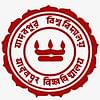
![Bharathiar University, [BU] Coimbatore](https://media.getmyuni.com/azure/college-image/small/bharathiar-university-bu-coimbatore.jpg)


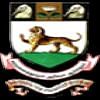

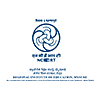

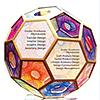

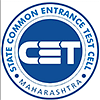
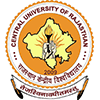











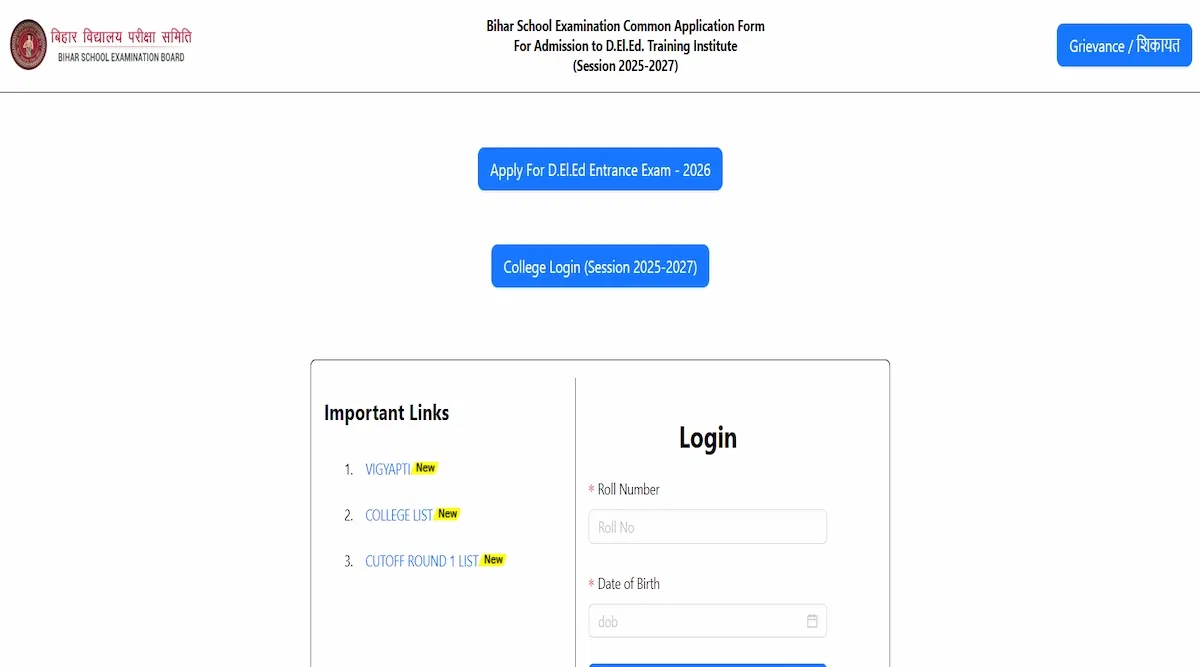


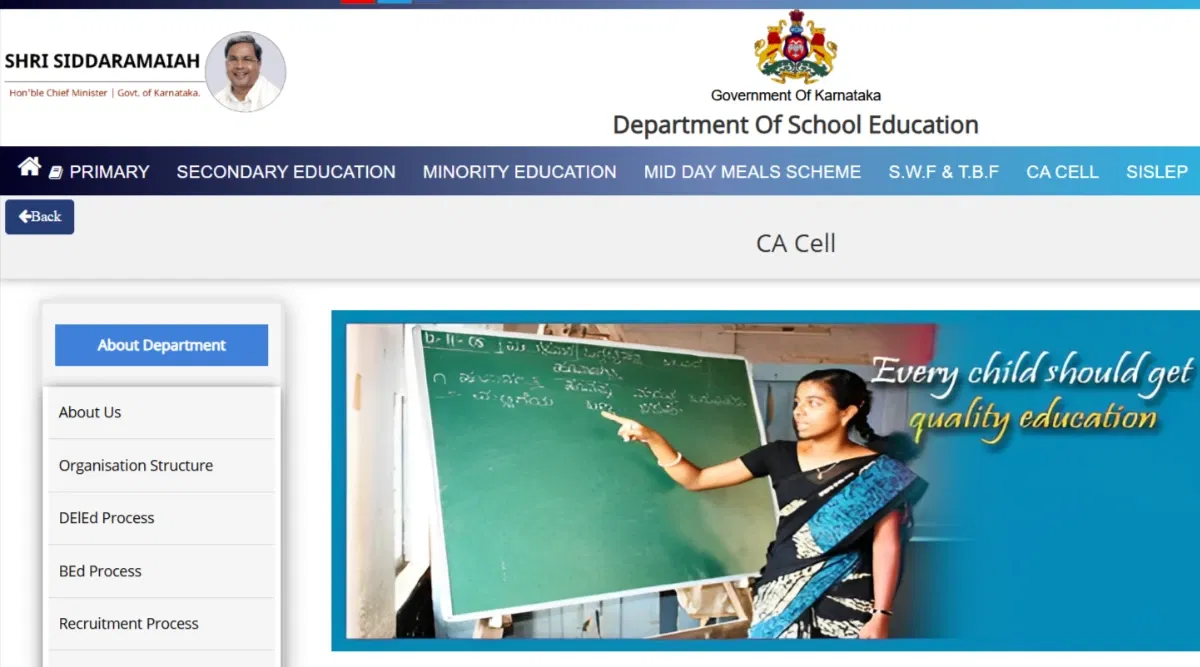
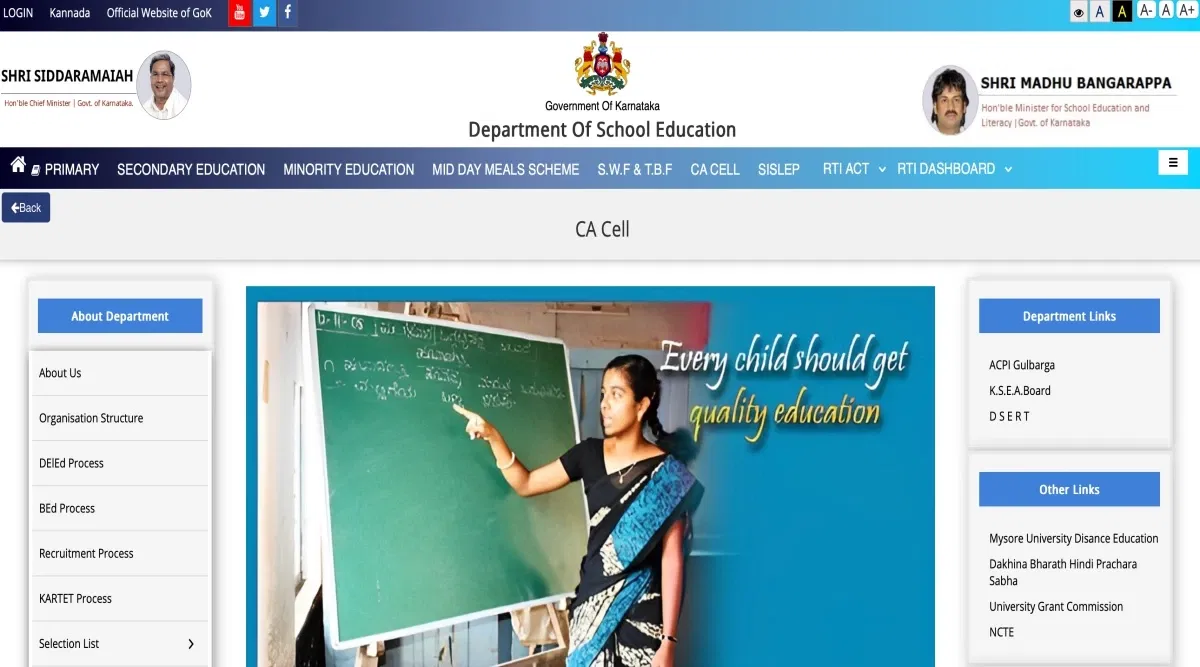
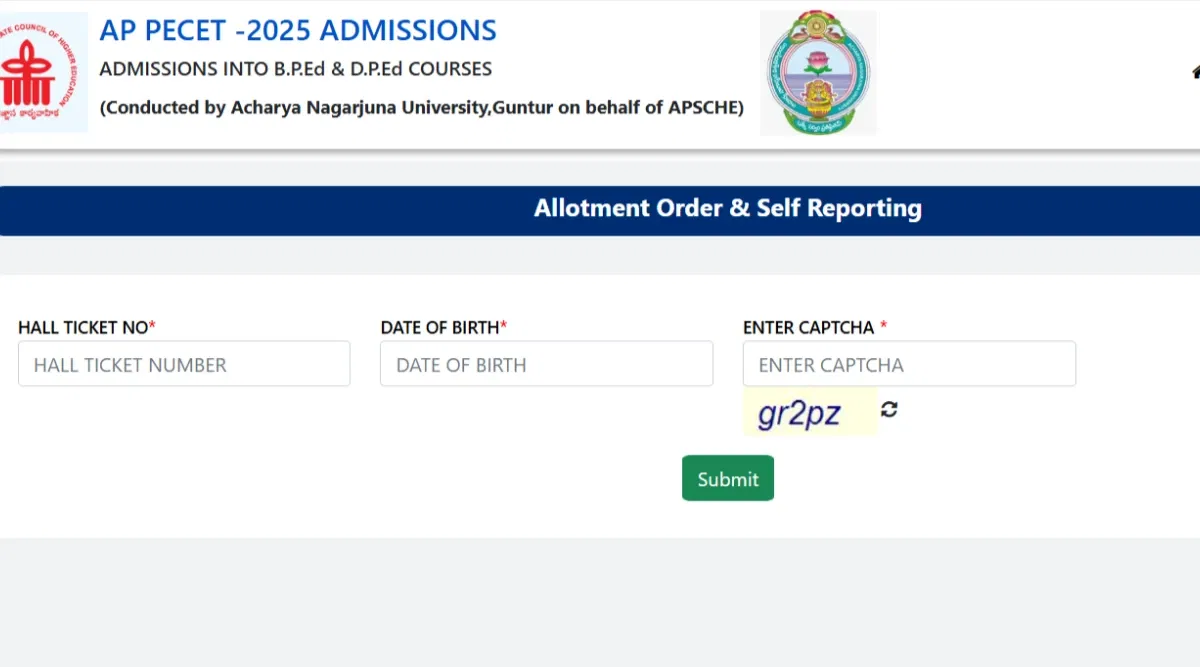
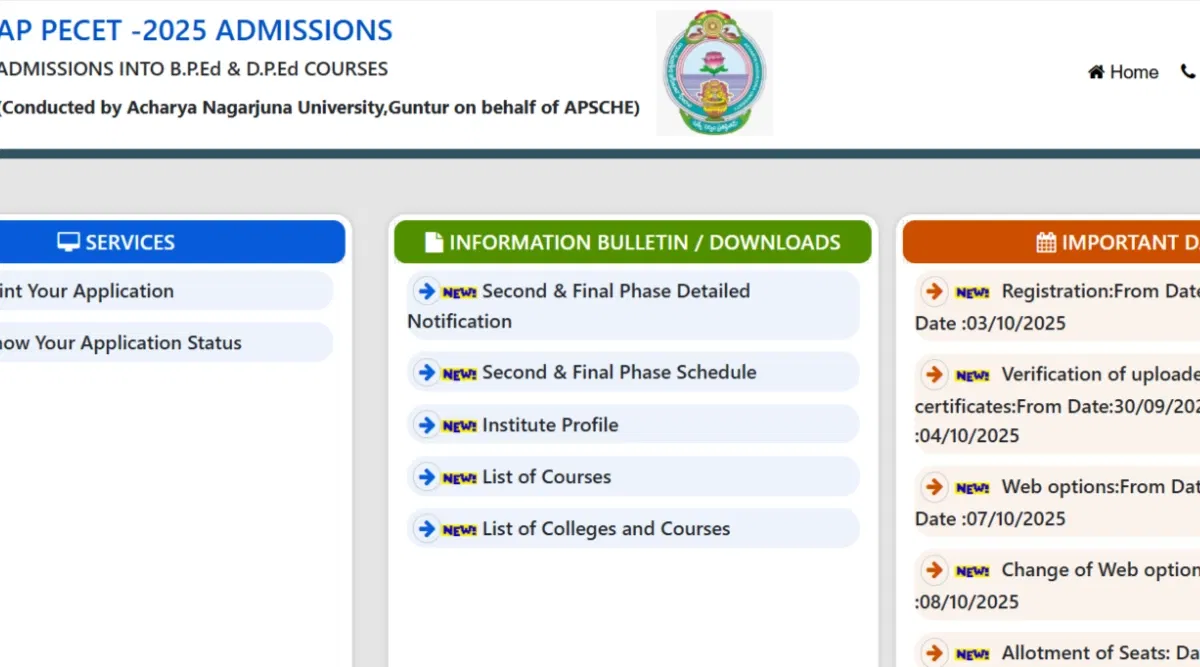
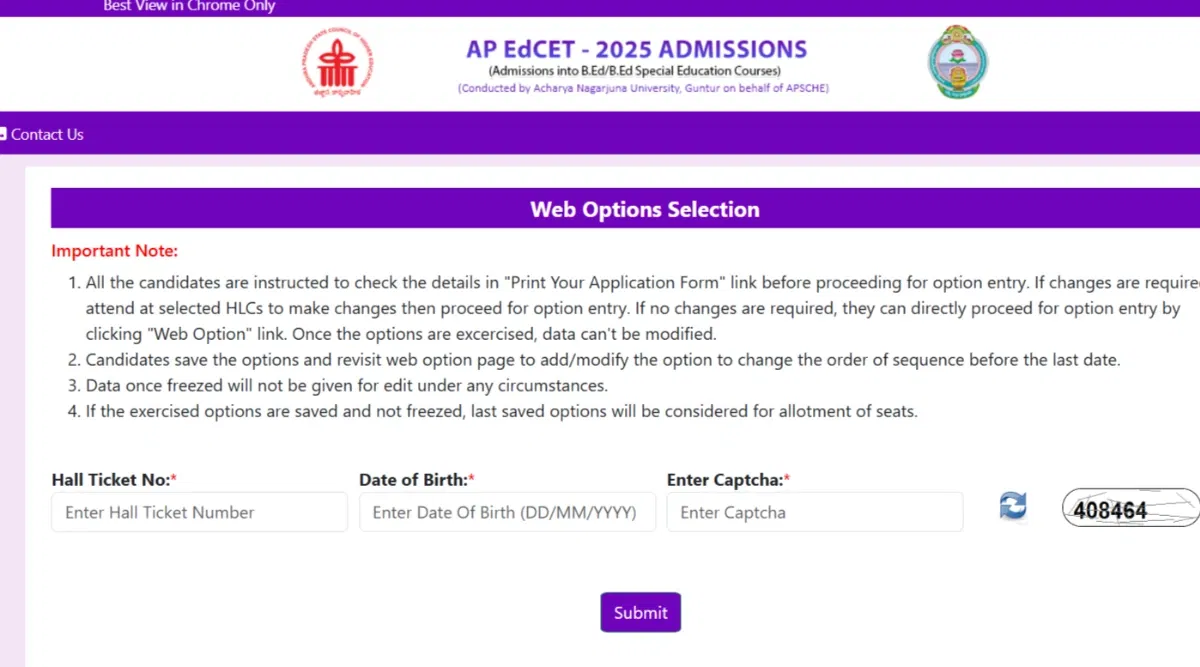
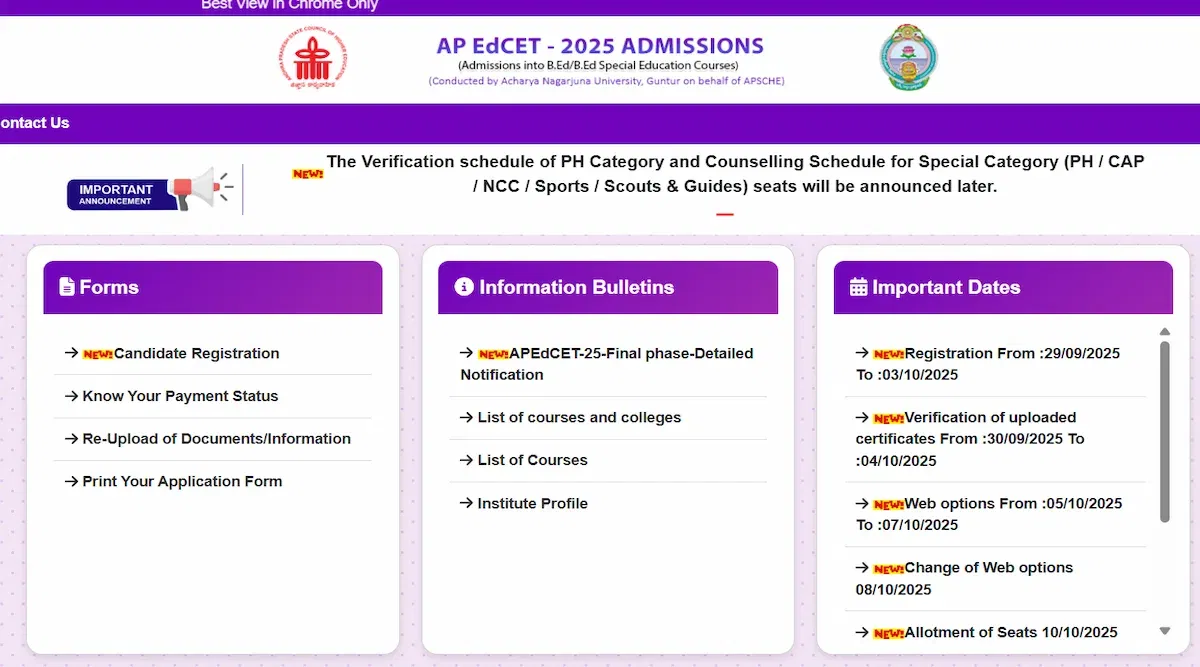
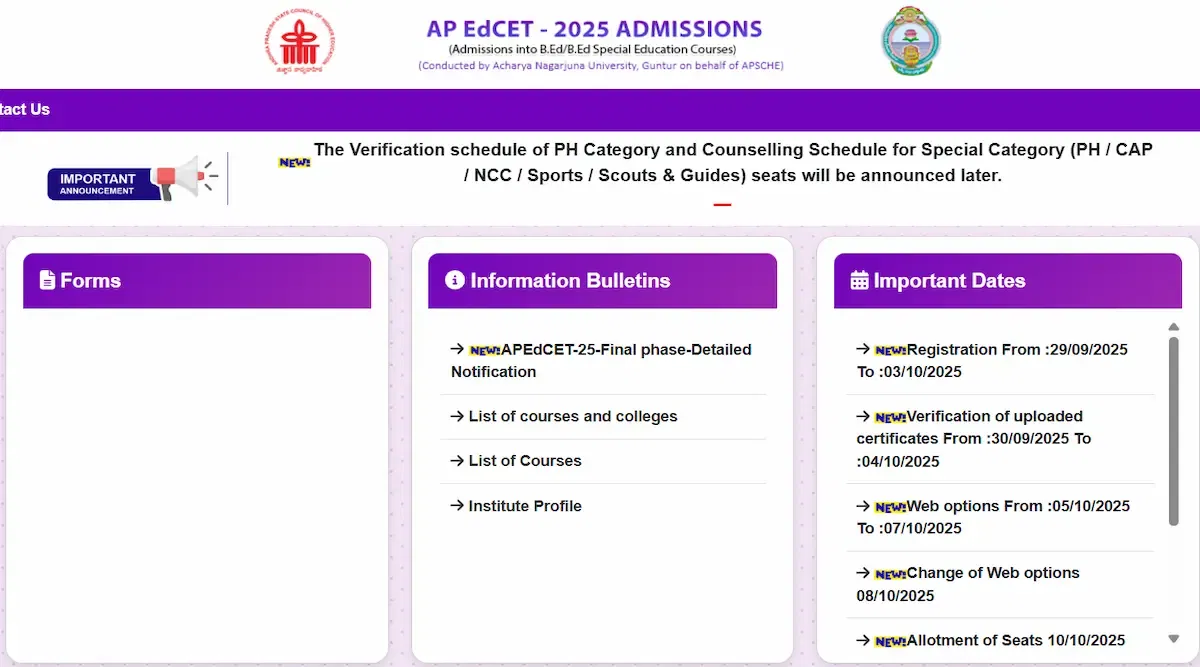

POST YOUR COMMENT